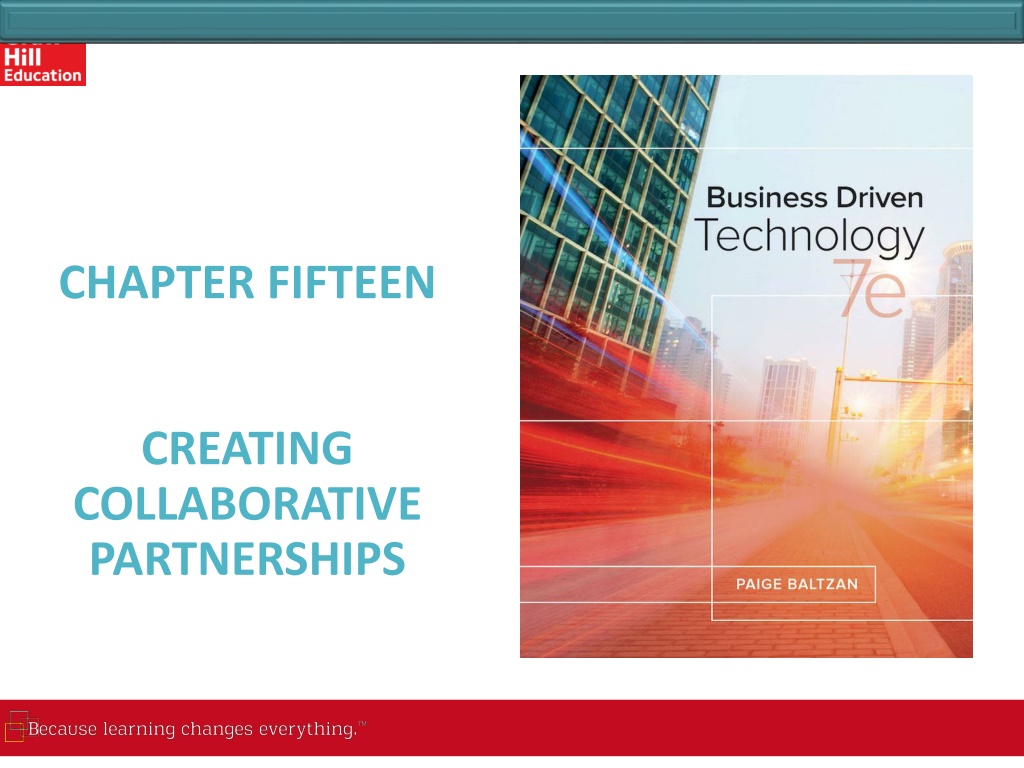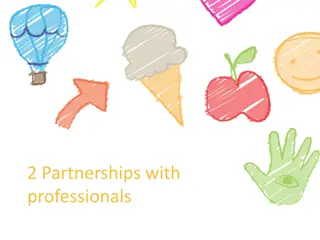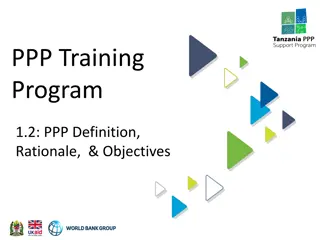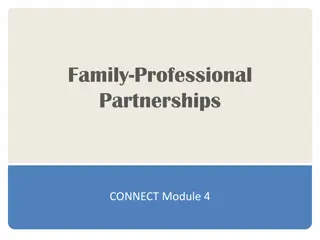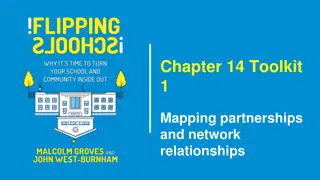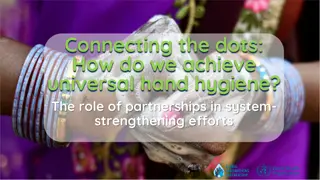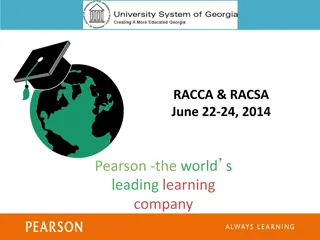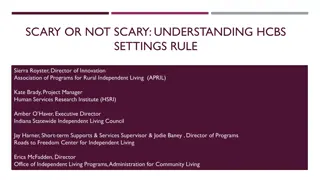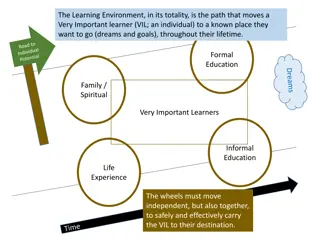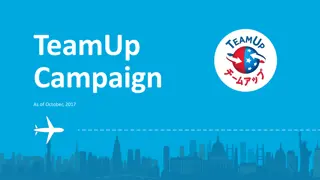PARTNERSHIPS
Dive into the world of collaborative partnerships in business with a focus on Web 2.0, Business 2.0, and the advantages they offer. Learn about content sharing through open sourcing, user-contributed content, and the importance of collaboration within organizations for knowledge management. Discover the characteristics of Business 2.0, challenges associated with it, and get insights into the next generation of online business - Web 3.0.
Download Presentation

Please find below an Image/Link to download the presentation.
The content on the website is provided AS IS for your information and personal use only. It may not be sold, licensed, or shared on other websites without obtaining consent from the author. Download presentation by click this link. If you encounter any issues during the download, it is possible that the publisher has removed the file from their server.
E N D
Presentation Transcript
CHAPTER FIFTEEN CREATING COLLABORATIVE PARTNERSHIPS
LEARNING OUTCOMES 1. Explain Web 2.0 and identify its four characteristics 2. Explain how Business 2.0 is helping communities network and collaborate 3. Describe the three Business 2.0 tools for collaborating 4. Explain the three challenges associated with Business 2.0 5. Describe Web 3.0 and the next generation of online business
WEB 2.0: ADVANTAGES OF BUSINESS 2.0 Web 2.0 The next generation of Internet use a more mature, distinctive communications platform characterized by three qualities Collaboration Sharing Free
WEB 2.0: ADVANTAGES OF BUSINESS 2.0 Characteristics of Business 2.0
CONTENT SHARING THROUGH OPEN SOURCING Open system Nonproprietary hardware and software based on publicly known standards that allows third parties to create add-on products to plug into or interoperate with the system Source code Open source Closed source
USER-CONTRIBUTED CONTENT User-contributed content Created and updated by many users for many users Reputation system Native advertising
COLLABORATION INSIDE THE ORGANIZATION Collaboration system Tools that support the work of teams or groups by facilitating the sharing and flow of information Collective intelligence Collaborating and tapping into the core knowledge of all employees, partners, and customers Knowledge management - Involves capturing, classifying, evaluating, retrieving, and sharing information assets in a way that provides context for effective decisions and actions
COLLABORATION INSIDE THE ORGANIZATION Knowledge-based assets fall into two categories Explicit knowledge Consists of anything that can be documented, achieved, and codified, often with the help of IT Tacit knowledge Knowledge contained in people s heads
COLLABORATION OUTSIDE THE ORGANIZATION Crowdsourcing the wisdom of the crowd Asynchronous communication Synchronous communication
NETWORKING COMMUNITIES WITH BUSINESS 2.0 Social media Websites that rely on user participation and user- contributed content Social network An application that connects people by matching profile information Social networking The practice of expanding your business and/or social contacts by a personal network
SOCIAL TAGGING Tags Specific keywords or phrases incorporated into website content for means of classification or taxonomy Social tagging Folksonomy Website bookmark Social bookmarking
SOCIAL TAGGING Folksonomy for Cellular Phones
BUSINESS 2.0 TOOLS FOR COLLABORATING
BLOGS Blog Online journal that allows users to post their own comments, graphics, and video Microblogging Real simple syndication
WIKIS Wiki Collaborative Web page that allows users to add, remove, and change content, which can be easily organization and reorganized as required Network effect
MASHUPS Mashup Website or Web application that uses content from more than one source to create a completely new product or service Application programming interface Mashup editor
WEB 3.0 Web 3.0 Based on intelligent Web applications using natural language processing, machine-based learning and reasoning, and intelligence applications Semantic Web A component of Web 2.0 that describes things in a way that computers can understand
EGOVERNMENT: THE GOVERNMENT MOVES ONLINE Egovernment - Involves the use of strategies and technologies to transform government(s) by improving the delivery of services and enhancing the quality of interaction between the citizen- consumer within all branches of government
EGOVERNMENT: GOVERNMENT MOVES ONLINE
MBUSINESS: SUPPORTING ANYWHERE BUSINESS Mobile business - The ability to purchase goods and services through a wireless Internet-enabled device
LEARNING OUTCOME REVIEW Now that you have finished the chapter please review the learning outcomes in your text
